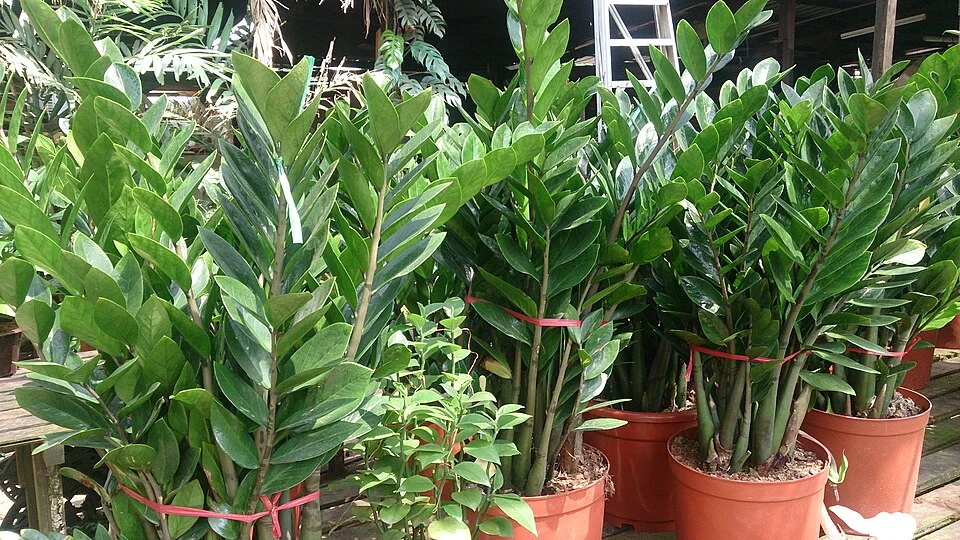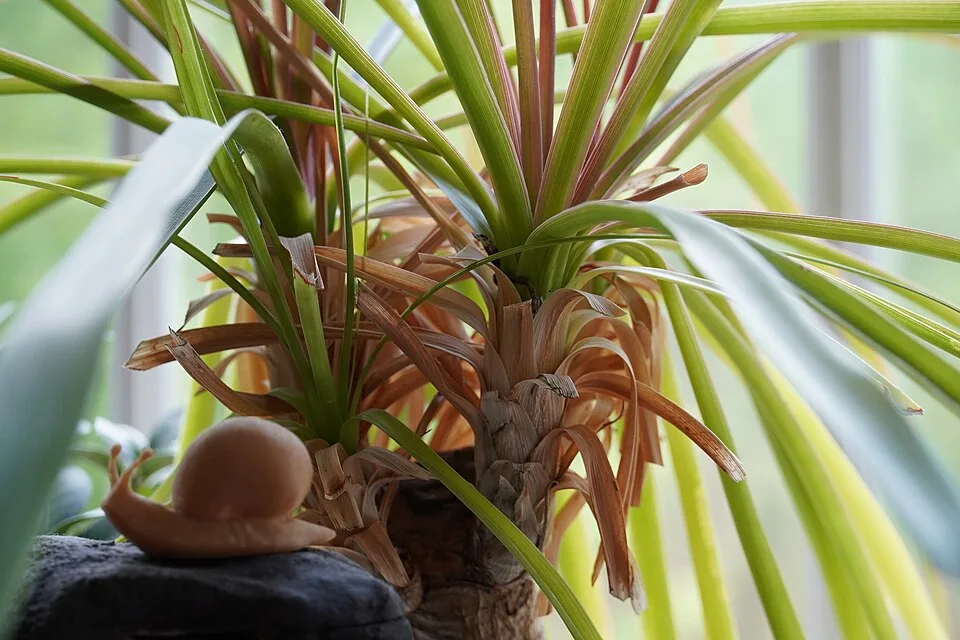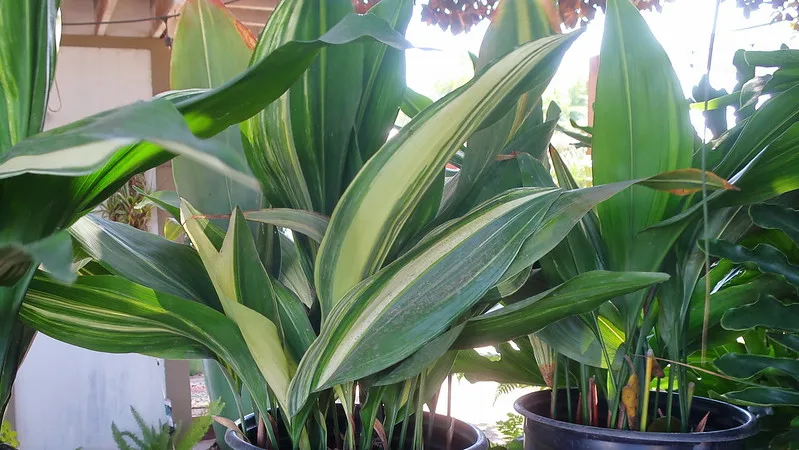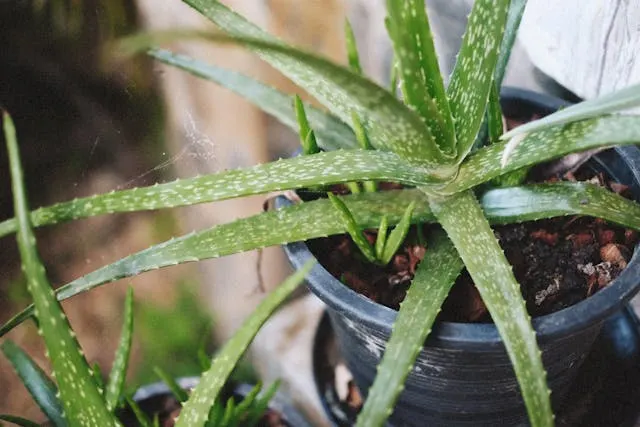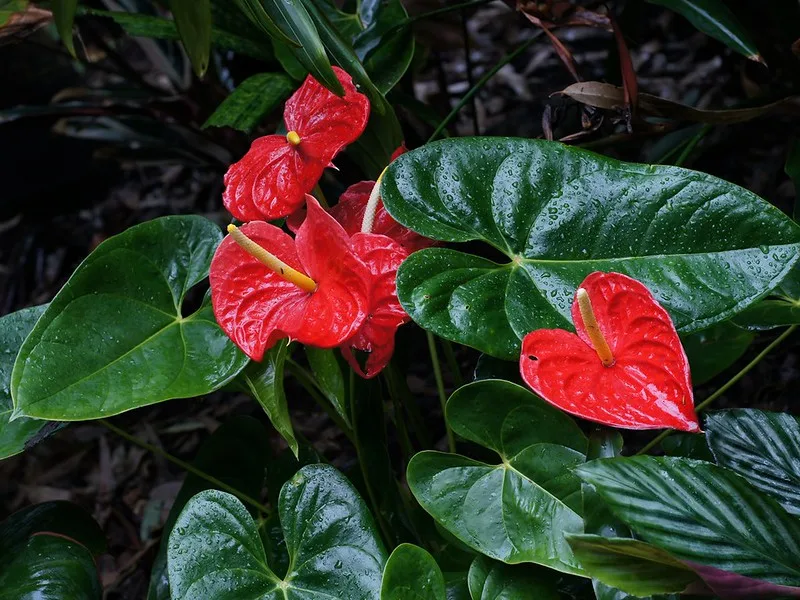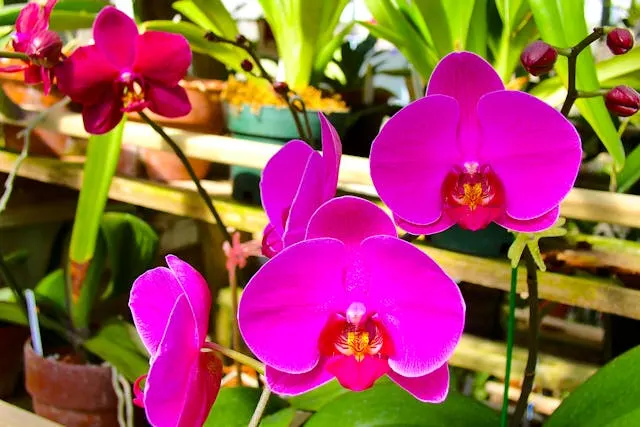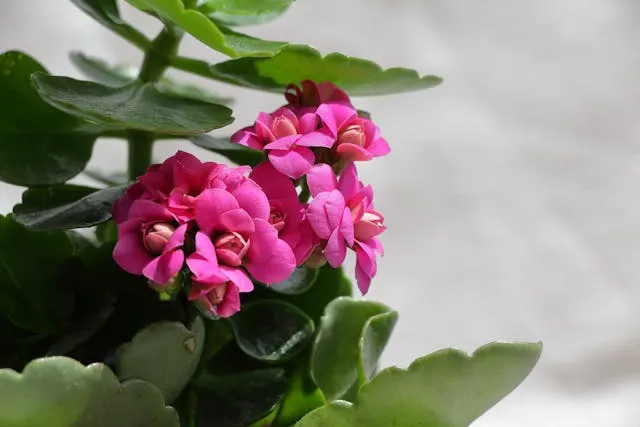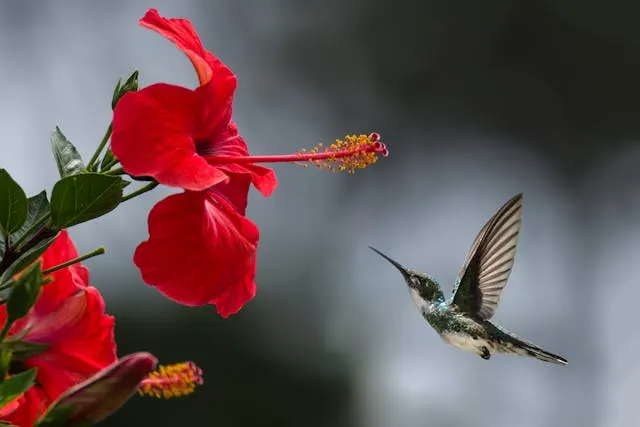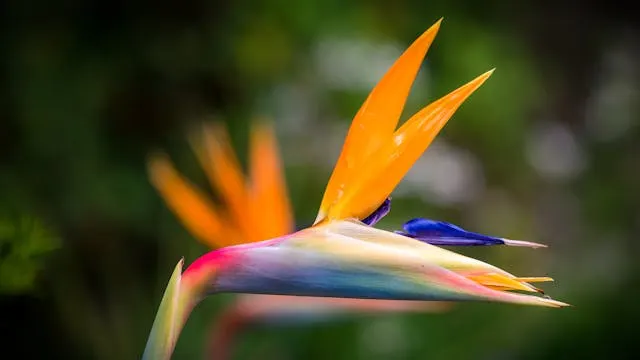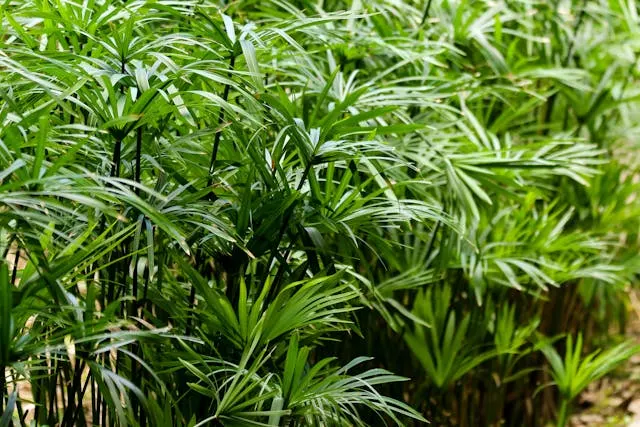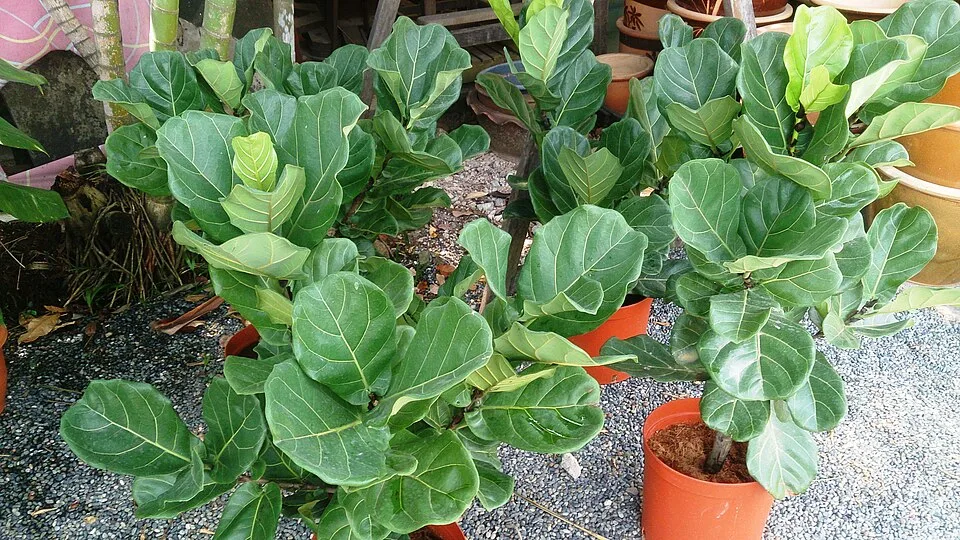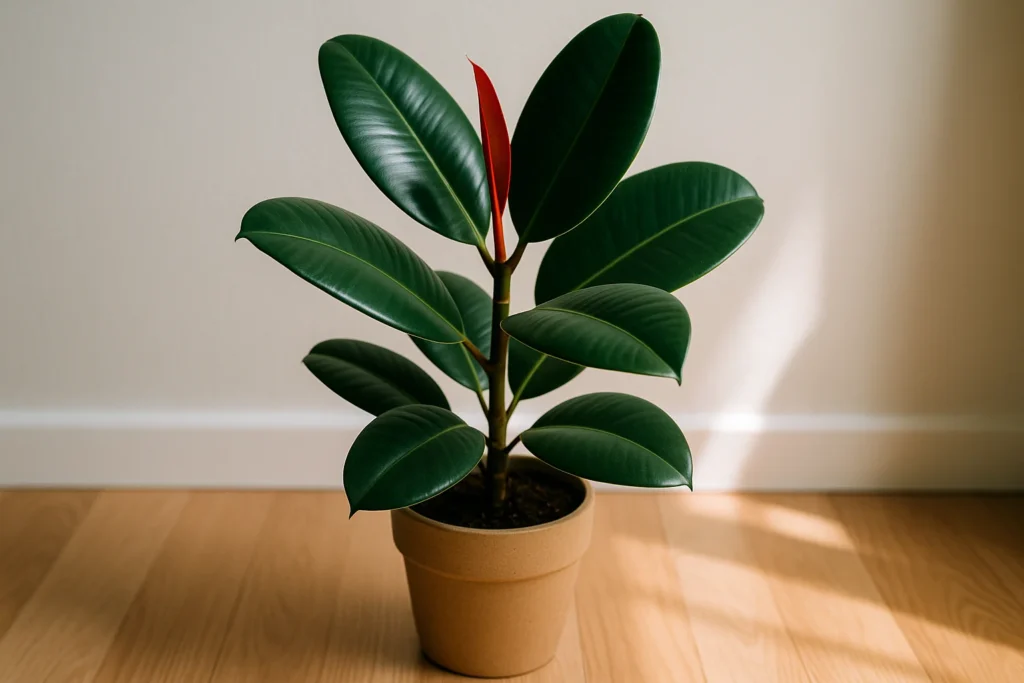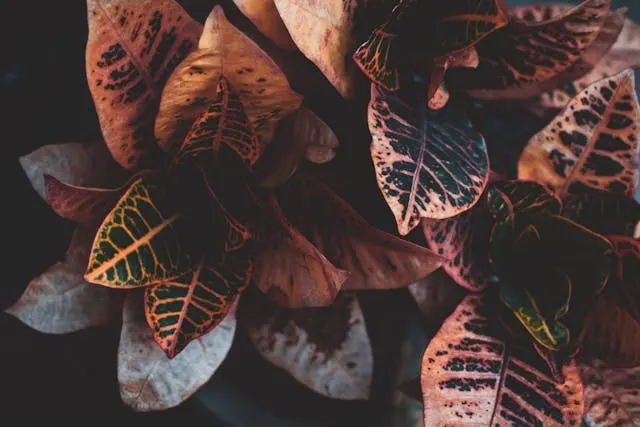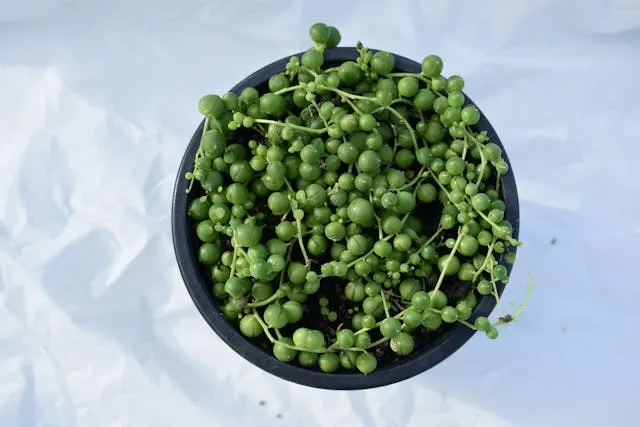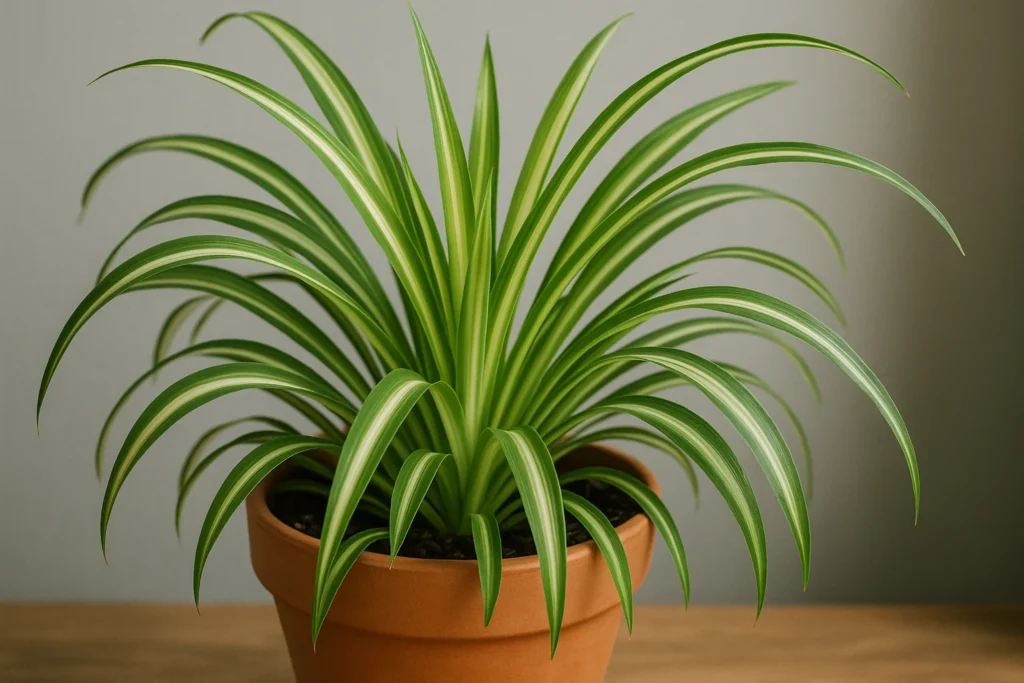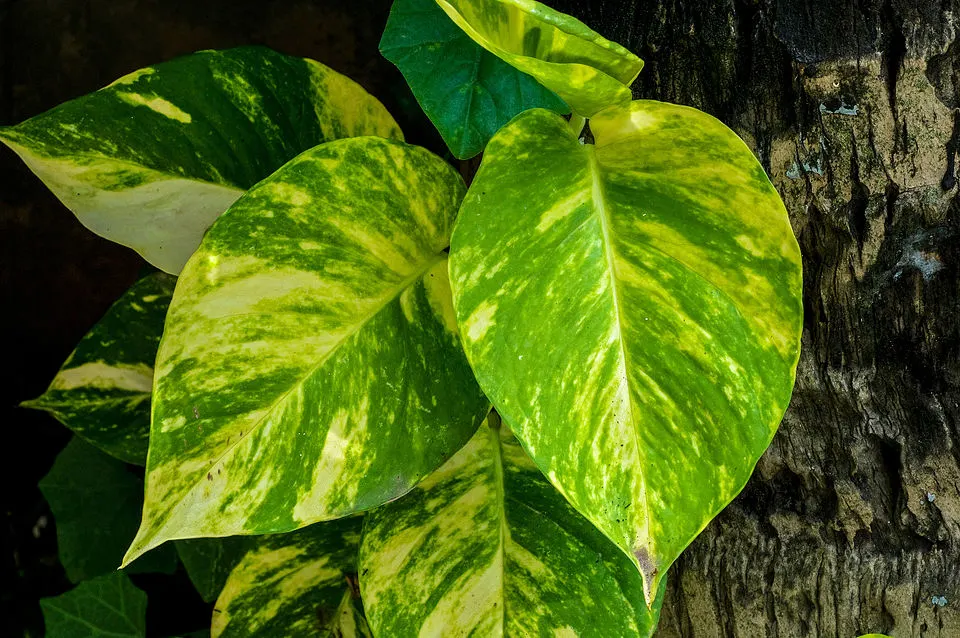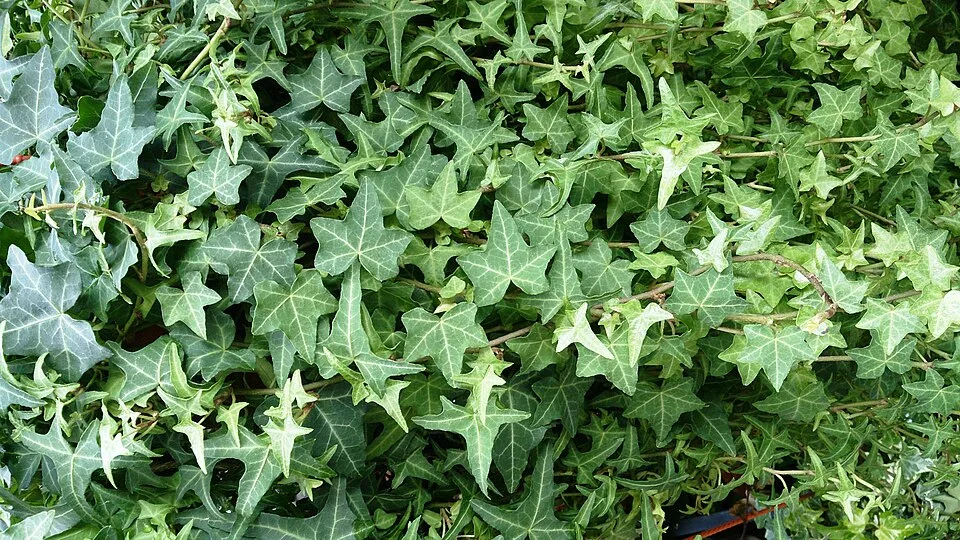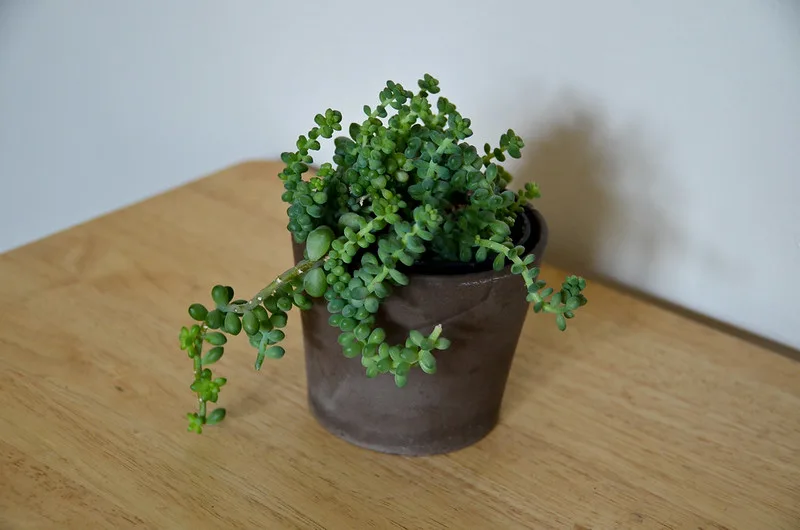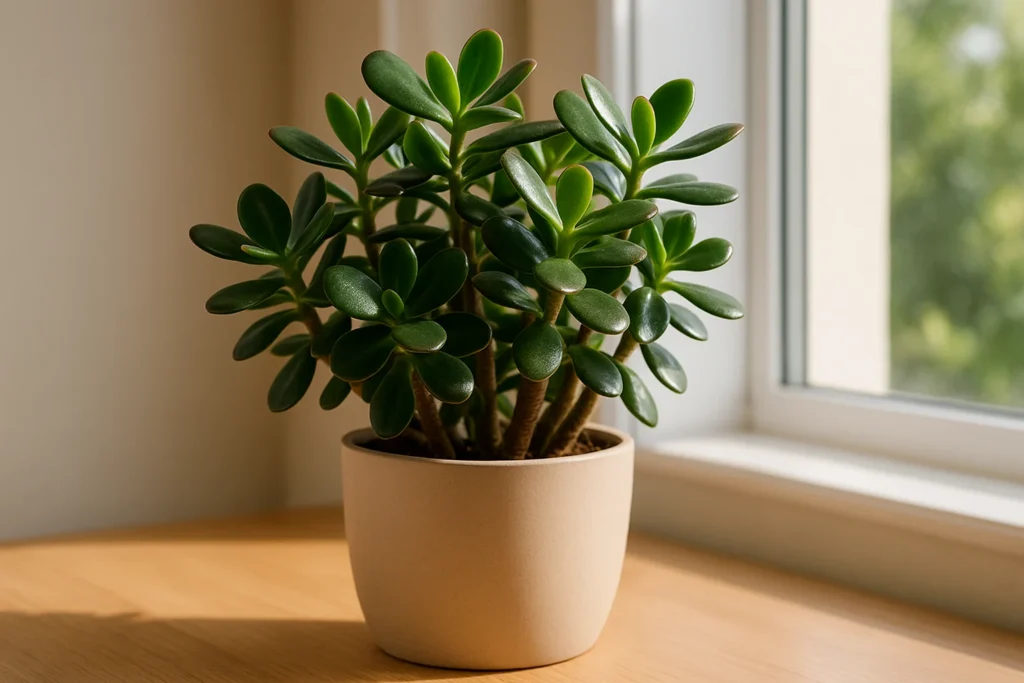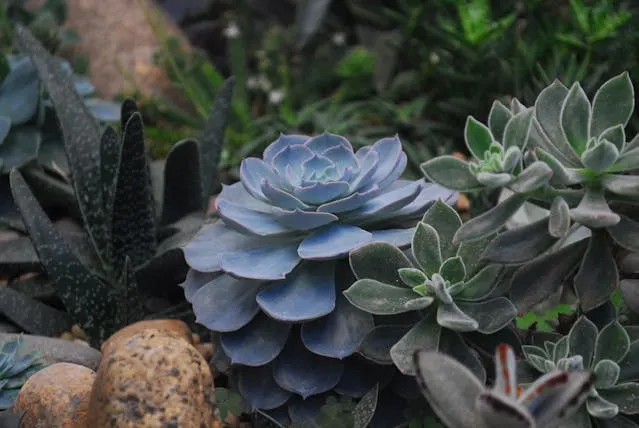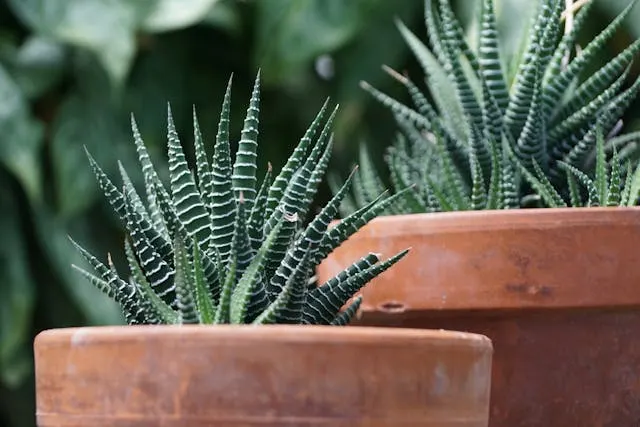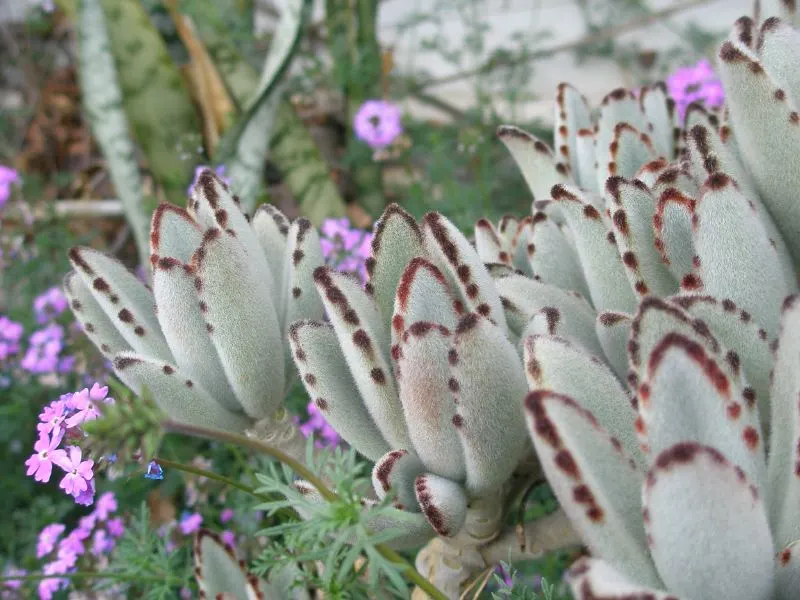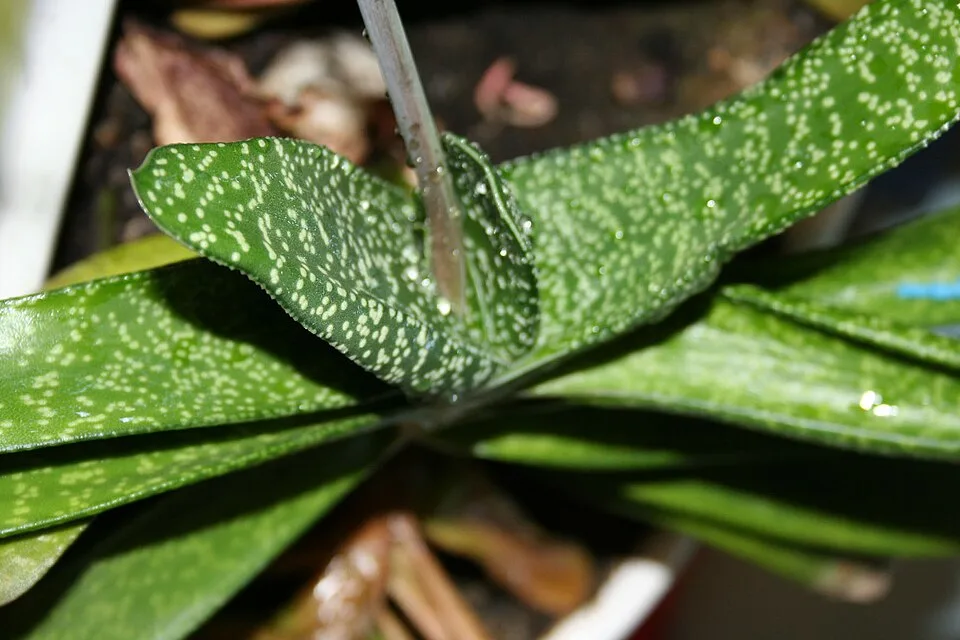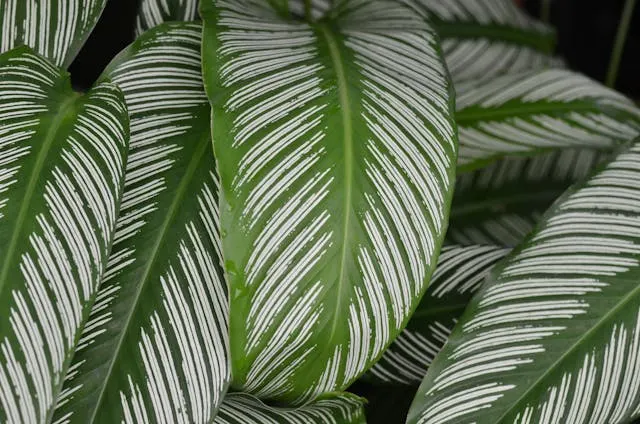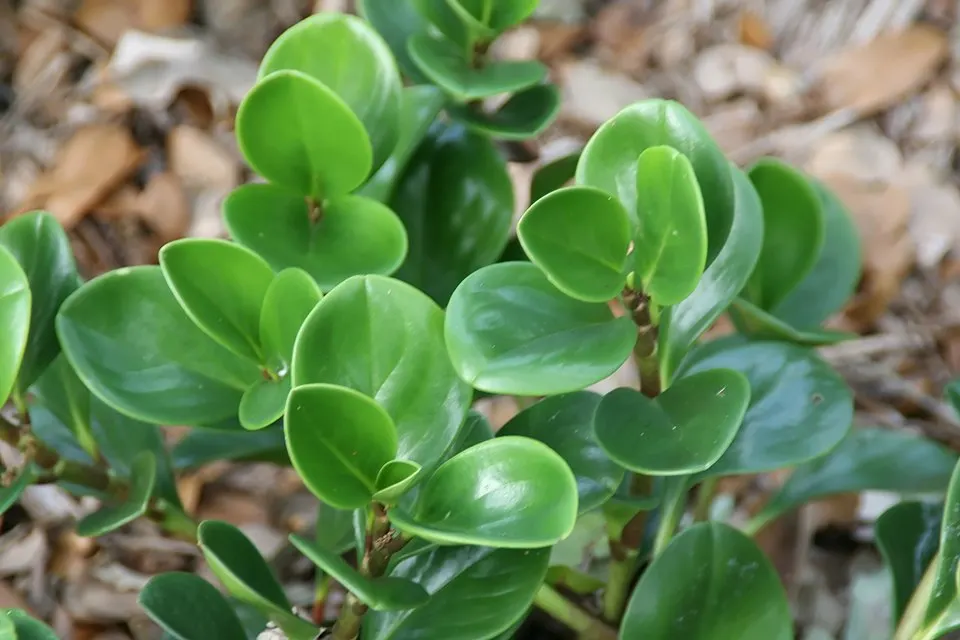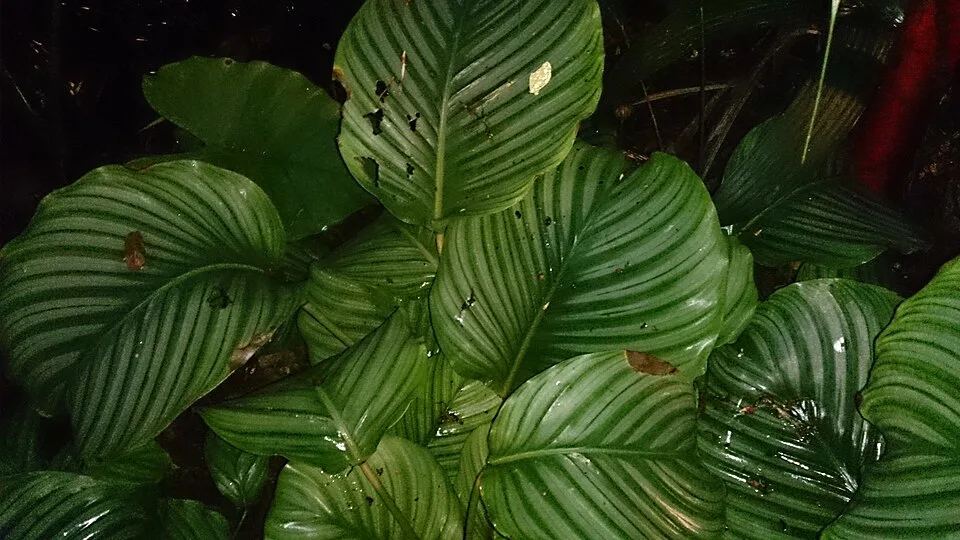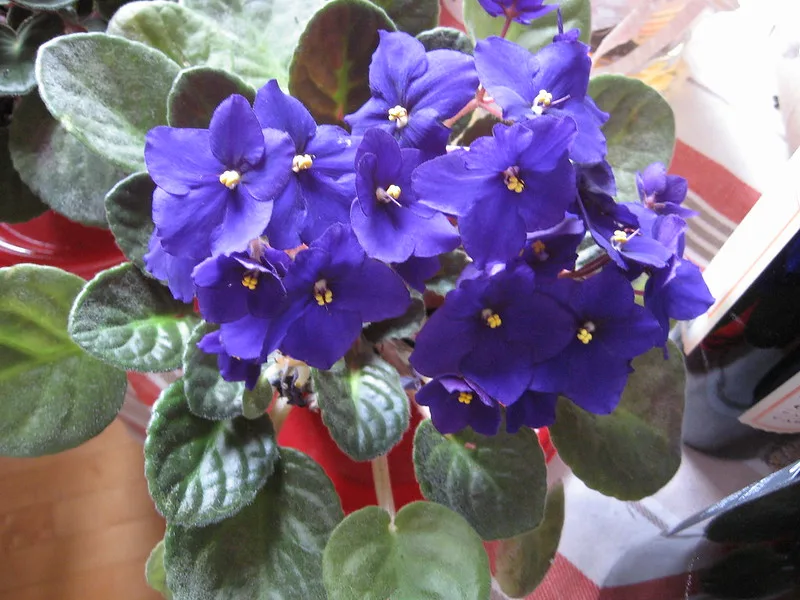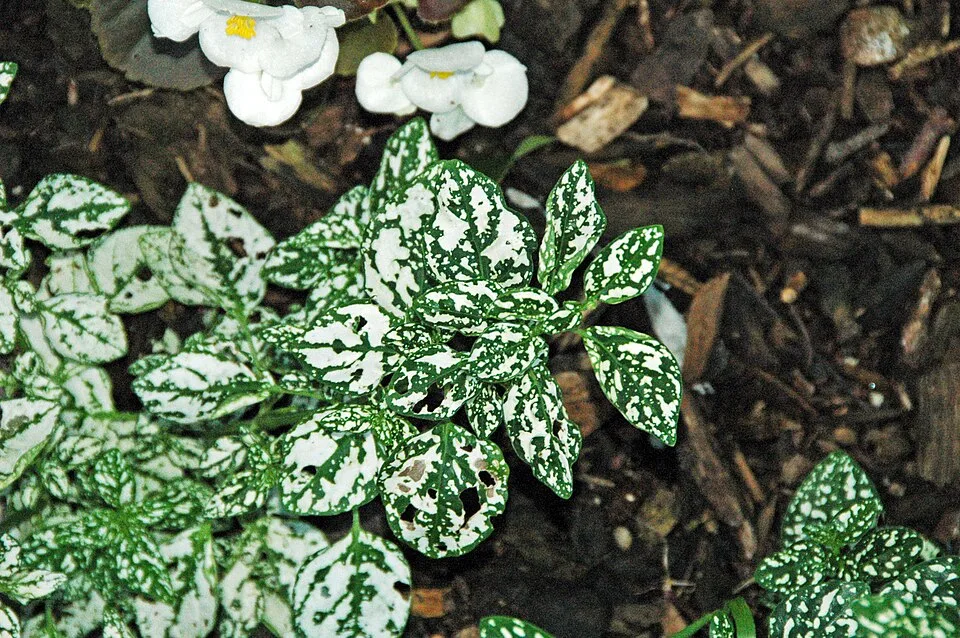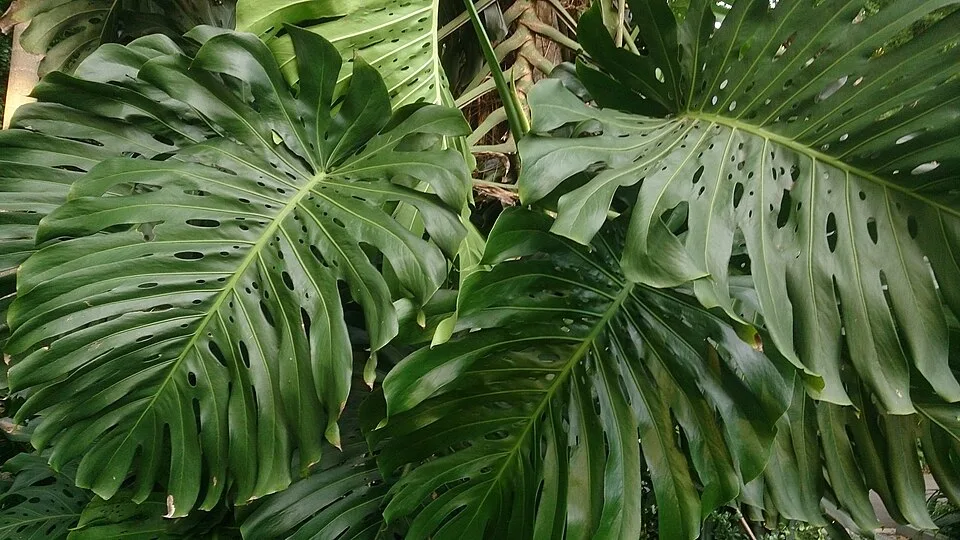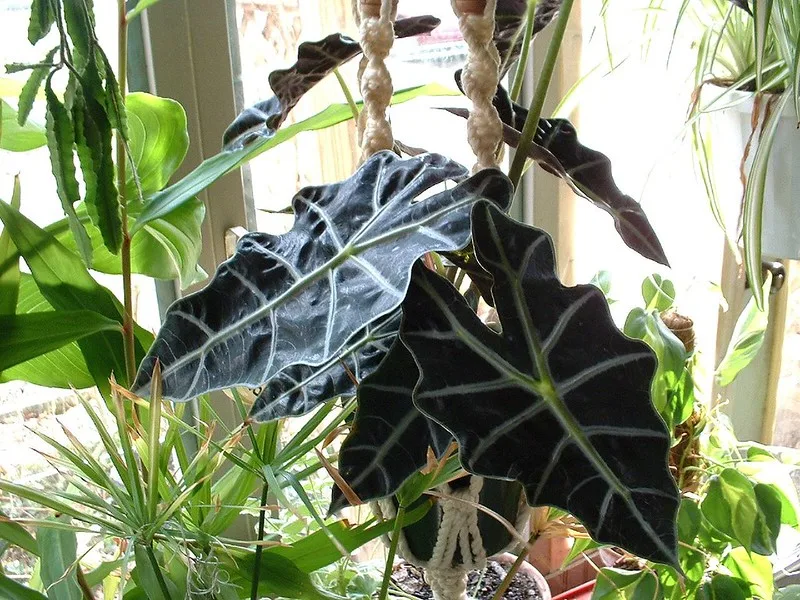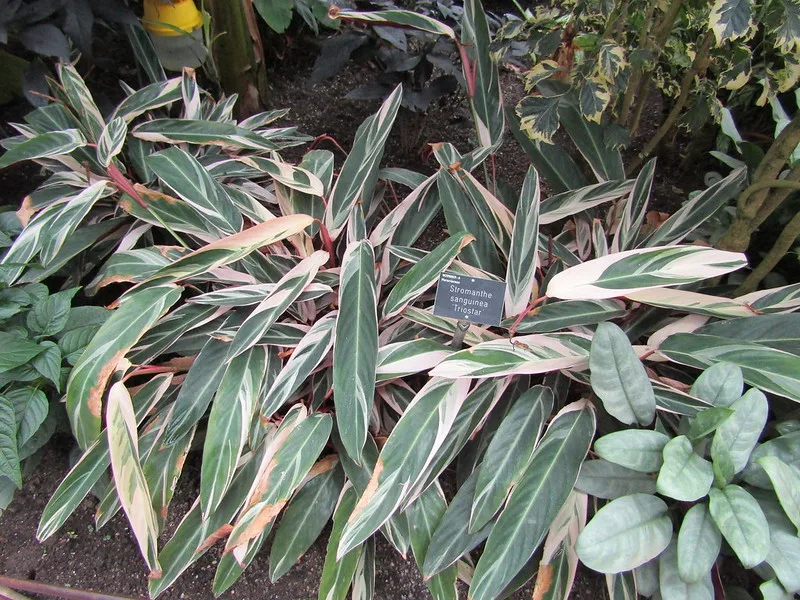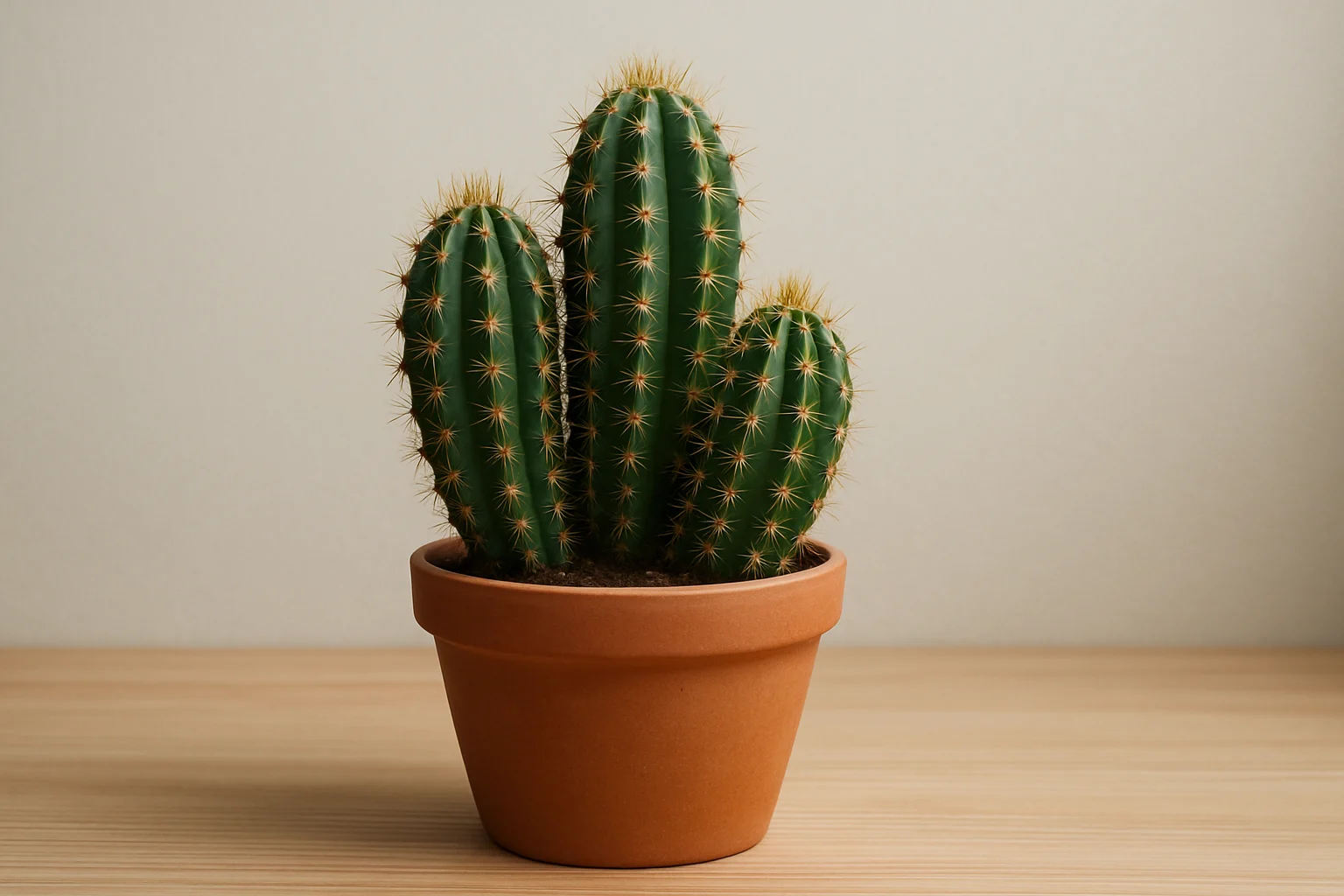35 Best Bright Light Indoor Plants for a Lush, Sun-Loving Space
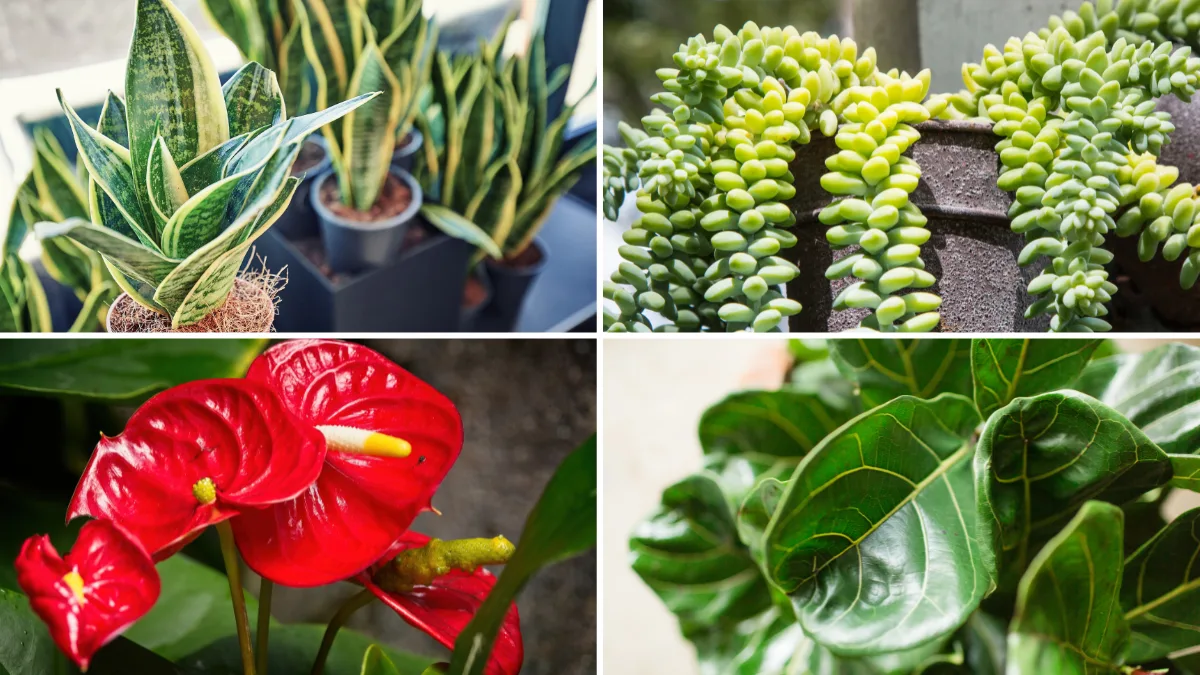
If your home gets strong sun through south- or west-facing windows, you’re in the perfect spot for bright light indoor plants. But not all greenery can handle that intensity. Some plants thrive, others crisp. This guide helps you pick winners.
We’ve rounded up 35 indoor plants for bright light, from easy-care staples to bold statement pieces. You’ll get practical details on each—what it looks like, what it needs, and why it works in sun-filled spaces.
This isn’t a basic list. We’ve included flowering types, pet-safe picks, rare varieties, and low-maintenance options—all built for indoor house plants bright light conditions.
And if you want expert-backed insight, this ScienceDirect study dives into how plants respond to indoor light. Worth a read.
Table of Contents
What Is Considered Bright Light?
Not all “bright light” is the same, and getting this right is key to keeping your plants healthy. When we say bright light indoor plants, we’re usually talking about spaces that get several hours of strong, natural sunlight each day—typically from a south- or west-facing window.
Bright light can be direct or indirect. Direct light means the sun hits the plant without any filter. Indirect light is still strong, but softened—maybe by a sheer curtain or a few feet of distance from the window. Most bright indirect light indoor plants prefer that kind of setup: lots of light, but not harsh sun on the leaves. If you’re not sure where to start, this plants for direct sunlight guide breaks down more options based on how much sun your space gets. It’s a solid companion to this list, especially if you want plant suggestions tailored to specific window types or locations.
You’ll know you’ve got a bright light spot if:
- The area gets sun for most of the day.
- It casts a strong, clear shadow.
- It feels warm during daylight hours.
A little adjustment goes a long way. Sometimes just pulling a plant back a couple of feet from the window makes the difference between thriving and struggling—especially for indoor house plants bright light types that don’t like full sun on their leaves.
Low Maintenance Bright Light Indoor Plants
1. Snake Plant (Sansevieria)
Snake plants are the definition of low-maintenance. With tall, upright leaves that look almost sculptural, they add instant structure to any space. They’re also nearly indestructible—perfect if you’re forgetful with watering or new to plant care.
- Light: Bright indirect light preferred, but tolerates direct sun
- Size: Up to 3–4 feet indoors
- Water: Let soil dry out completely between waterings
- Fertilizer: Feed once every 2–3 months in spring and summer with a balanced liquid fertilizer
These are classic indoor house plants bright light spaces can support without fuss.
2. ZZ Plant (Zamioculcas zamiifolia)
Glossy, deep green leaves and a tidy, upright growth pattern make the ZZ plant a favorite in homes and offices. It’s drought-tolerant, thrives on neglect, and still looks polished. A solid pick for any bright room.
- Light: Does best in bright indirect light, can handle some direct sun
- Size: 2–3 feet tall indoors
- Water: Water only when the top 2 inches of soil are dry
- Fertilizer: Use a diluted all-purpose houseplant fertilizer once a month during the growing season
ZZ plants are ideal indoor plants bright light lovers with a busy schedule.
3. Ponytail Palm (Beaucarnea recurvata)
Don’t let the name fool you—it’s not a palm. With a bulbous trunk and cascading, curly leaves, the ponytail palm looks like a tiny tree. It stores water in its base and can go weeks without a drink.
- Light: Loves bright, direct light
- Size: 2–4 feet indoors (can grow taller with age)
- Water: Every 2–3 weeks; let soil dry out completely
- Fertilizer: Feed 2–3 times a year with a cactus or succulent fertilizer
It’s a standout among bright light indoor plants for its unique shape and ease.
4. Cast Iron Plant (Aspidistra elatior)
As the name suggests, this plant is tough. The cast iron plant has dark green, leathery leaves and can survive almost any condition—though it thrives in bright indirect light. It’s slow-growing, but extremely durable.
- Light: Bright indirect light is ideal; avoid direct sun
- Size: About 2 feet tall
- Water: Water when the top inch of soil is dry
- Fertilizer: Light feeder—use a balanced fertilizer once every 2–3 months in spring and summer
Perfect for low-effort indoor plants for bright light that don’t need much attention.
5. Aloe Vera
This succulent is famous for its gel-filled leaves, but it’s also a beautiful plant on its own. Aloe thrives in sunny spots and adds a modern, sculptural vibe to your space.
- Light: Needs bright, direct light to thrive
- Size: Around 1–2 feet indoors
- Water: Every 2–3 weeks; let soil dry completely
- Fertilizer: Use a cactus-specific fertilizer once every 6–8 weeks in spring and summer
Aloe is one of the best bright light indoor plants if you want something useful and good-looking.
Flowering Bright Light Indoor Plants
6. Anthurium
Anthuriums are known for their glossy heart-shaped leaves and long-lasting red, pink, or white “flowers” (actually colorful spathes). They bring a tropical vibe and bloom year-round if kept in the right conditions.
- Light: Bright indirect light—too much direct sun can scorch the leaves
- Size: 1.5 to 2 feet tall
- Water: Water when the top inch of soil is dry; keep the soil lightly moist
- Fertilizer: Feed every 6–8 weeks with a phosphorus-rich bloom booster during the growing season
Anthuriums are showy indoor plants for bright light lovers who want consistent color.
7. Peace Lily (Spathiphyllum)
Peace lilies have elegant white blooms and dark green foliage. They’re forgiving, great for beginners, and they’ll even tell you when they’re thirsty by drooping slightly.
- Light: Bright indirect light; avoid harsh, direct sun
- Size: 1.5 to 3 feet tall
- Water: Keep soil evenly moist but not soggy
- Fertilizer: Feed once a month with a balanced liquid fertilizer during spring and summer
This is one of the most reliable indoor house plants bright light rooms can support with regular blooming.
8. Phalaenopsis Orchid
Also known as the moth orchid, this plant offers stunning blooms that last for months. While orchids seem fussy, they’re surprisingly easy once you get the watering and light right.
- Light: Bright, indirect light—no direct sun
- Size: 1 to 2 feet tall including the flower spike
- Water: About once a week; let roots dry slightly between waterings
- Fertilizer: Use orchid fertilizer every 2 weeks while flowering, once a month otherwise
These orchids are perfect bright indirect light indoor plants that reward patience with long-lasting blooms.
9. Kalanchoe
A compact succulent with clusters of vibrant flowers in red, orange, yellow, pink, or white. It blooms best with plenty of sun and a short dry period to rest between waterings.
- Light: Bright direct or indirect light
- Size: Up to 1 foot tall and wide
- Water: Water when the top 2 inches of soil are dry
- Fertilizer: Use a liquid succulent fertilizer every month during bloom season
A great option if you want small, blooming indoor plants bright light spaces can handle without much care.
10. Hibiscus (Dwarf Varieties)
Indoor hibiscus can bloom in bright, warm spots with huge tropical flowers that feel like summer. You’ll need a bit more effort here, but the pay-off is dramatic blooms.
- Light: Needs full sun or very bright light
- Size: 2–4 feet tall indoors
- Water: Keep soil consistently moist, not soggy
- Fertilizer: Feed every 2 weeks during the growing season with a high-potassium fertilizer
These are bold bright light indoor plants that bring energy and color to any sunny spot.
Tropical Vibes: Bold Bright Light Indoor Plants
These are the showstoppers. Big leaves, sculptural shapes, and tropical flair. Perfect for filling corners, framing windows, or turning your living space into a jungle.
11. Bird of Paradise (Strelitzia reginae)
If you’re after a plant with presence, Bird of Paradise is it. With large, paddle-shaped leaves and occasional crane-like orange blooms, it brings serious tropical energy to any room.
- Light: Needs bright, direct light to bloom; tolerates bright indirect light for foliage
- Size: 5–6 feet tall indoors
- Water: Water when the top 1–2 inches of soil are dry
- Fertilizer: Feed every 2–4 weeks during spring and summer with a balanced fertilizer
Bird of Paradise is one of the best indoor plants bright light rooms can show off—especially near big windows.
12. Areca Palm (Dypsis lutescens)
Also called the butterfly palm, this plant has graceful fronds that soften any space. It loves warmth, humidity, and bright indirect light, making it a great pick for sunny rooms that don’t get harsh midday rays.
- Light: Bright indirect light is best; avoid intense direct sun
- Size: 4–7 feet indoors
- Water: Keep soil lightly moist, but let the top inch dry out between waterings
- Fertilizer: Use a diluted palm fertilizer once a month in spring and summer
Areca palms bring softness and height to your collection of bright light indoor plants without being demanding.
13. Fiddle Leaf Fig (Ficus lyrata)
With its bold, violin-shaped leaves, the fiddle leaf fig has been a design favorite for years. It’s picky about light but rewarding when it thrives.
- Light: Needs bright, indirect light; will drop leaves if lighting changes suddenly
- Size: 5–10 feet indoors if happy
- Water: Let top inch dry between waterings
- Fertilizer: Use a balanced liquid fertilizer every 4–6 weeks in growing season
A true statement plant for indoor plants for bright light lovers who are up for a little attention.
14. Rubber Plant (Ficus elastica)
Rubber plants offer deep green or burgundy leaves with a glossy finish. They’re tough, fast-growing, and can be pruned into shape—ideal for filling vertical space.
- Light: Bright, indirect light is best; can handle some direct sun
- Size: 6–8 feet indoors
- Water: Let soil dry halfway before watering again
- Fertilizer: Use a general-purpose houseplant fertilizer monthly during spring and summer
A favorite among indoor house plants bright light settings that need a bold but manageable plant.
15. Croton (Codiaeum variegatum)
Crotons bring the color—bold reds, oranges, yellows, and greens swirl across their thick leaves. They love bright light and reward it with even richer color.
- Light: Needs full sun or bright indirect light to keep colors vivid
- Size: 2–3 feet indoors
- Water: Water when the top inch is dry; keep humidity fairly high
- Fertilizer: Feed every 4 weeks in growing season with a balanced fertilizer
Crotons are eye-catching indoor plants for bright light spaces that feel a little too green and need contrast.
Trailing & Hanging Bright Light Indoor Plants
These plants bring texture and movement to your space. Let them spill off shelves, trail from hanging pots, or climb if you let them.
16. String of Pearls (Senecio rowleyanus)
This quirky succulent looks like strands of green beads cascading from the pot. It’s compact, eye-catching, and thrives in strong light.
- Light: Loves bright, direct or filtered light
- Size: Trails up to 2–3 feet
- Water: Let soil dry out completely between waterings
- Fertilizer: Feed once a month with a diluted cactus fertilizer during growing season
A favorite among sculptural bright light indoor plants, especially for shelves or macrame hangers.
17. Spider Plant (Chlorophytum comosum)
Spider plants are classic for a reason—arching green-and-white leaves, baby offshoots, and zero drama. They’re beginner-friendly and bounce back fast from neglect.
- Light: Bright indirect light is ideal; can handle a little direct morning sun
- Size: 1–2 feet wide with long trailing runners
- Water: Water when the top inch of soil is dry
- Fertilizer: Use a balanced houseplant fertilizer every 4–6 weeks in spring/summer
An easy pick if you’re looking for forgiving indoor house plants bright light areas can support.
18. Pothos (Epipremnum aureum)
Pothos is the all-star of trailing plants. With heart-shaped leaves in shades of green, gold, or white, it grows fast and adapts well to a variety of indoor setups.
- Light: Thrives in bright indirect light; tolerates some direct sun
- Size: Vines can grow over 10 feet indoors
- Water: Water when the top 1–2 inches are dry
- Fertilizer: Feed monthly with a general-purpose fertilizer during active growth
Whether it’s golden or marble queen, pothos is a staple among indoor plants for bright light homes.
19. English Ivy (Hedera helix)
With its classic trailing vines and small, deeply lobed leaves, English Ivy brings a timeless look. Give it good light and it’ll take off.
- Light: Prefers bright indirect light; tolerates some direct sun
- Size: Trails several feet indoors
- Water: Water when the top of the soil dries out
- Fertilizer: Feed every 4 weeks during spring and summer with a balanced fertilizer
Ivy adds an old-world charm to bright indirect light indoor plants collections.
20. Burro’s Tail (Sedum morganianum)
This succulent has thick, gray-green leaves that grow in long, braided-looking stems. It’s fragile to the touch but strong in sunny spots.
- Light: Needs bright, direct or strong filtered light
- Size: Trails 1–2 feet or more
- Water: Let soil dry completely between waterings
- Fertilizer: Use a cactus fertilizer every 6–8 weeks in growing season
One of the most sculptural indoor plants bright light areas can show of in a hanging pot.
Bright Light Succulents
These sun-loving, low-water plants thrive in bright conditions and bring sculptural beauty with minimal upkeep.
21. Jade Plant (Crassula ovata)
The jade plant has thick, glossy leaves and a bonsai-like shape that adds structure to any bright corner. It’s long-lived and often passed down through generations.
- Light: Needs bright, direct light to stay compact and healthy
- Size: 2–3 feet tall and wide indoors
- Water: Let the soil dry completely between waterings
- Fertilizer: Feed every 6 weeks in spring and summer with a succulent-specific fertilizer
A timeless pick among indoor house plants bright light homes can grow without much attention.
22. Echeveria
These rosette-forming succulents come in a range of colors, from soft green to dusty purple. Compact and low-growing, they look great in shallow pots and sunny windows.
- Light: Needs bright, direct light for best color and form
- Size: 4–8 inches wide
- Water: Water only when the soil is bone dry
- Fertilizer: Use a cactus fertilizer every 4–6 weeks during active growth
Perfect for small spaces where bright light indoor plants can really shine.
23. Zebra Haworthia (Haworthiopsis fasciata)
With spiky green leaves lined in white stripes, this small succulent is striking yet super low-maintenance. It stays compact and fits perfectly on desks or windowsills.
- Light: Bright indirect to direct light
- Size: 3–5 inches tall and wide
- Water: Let soil dry out completely between waterings
- Fertilizer: Feed lightly once a month with cactus fertilizer during spring and summer
A great fit for indoor plants bright light setups that need something small but bold.
24. Panda Plant (Kalanchoe tomentosa)
This fuzzy-leaved succulent has silvery green leaves edged in chocolate brown. It’s soft to the touch and stays tidy in a pot—perfect for bright, cozy corners.
- Light: Needs bright, direct or strong filtered light
- Size: 1–2 feet tall indoors
- Water: Water when soil is fully dry
- Fertilizer: Feed every 6–8 weeks with a diluted cactus fertilizer
One of the more playful options in the bright light indoor plants category.
25. Gasteria
With thick, tongue-shaped leaves often spotted or striped, Gasteria is related to aloe and haworthia but grows slower. It’s compact and tough, great for sunny but dry spots.
- Light: Bright indirect to direct light
- Size: Up to 10 inches tall and wide
- Water: Allow soil to dry completely between waterings
- Fertilizer: Use cactus fertilizer every 4–6 weeks in spring and summer
A good pick for small-scale indoor plants for bright light that don’t need babysitting.f in a hanging pot.
Pet-Safe Bright Light Indoor Plants
If you’ve got pets and sunny rooms, these bright light indoor plants bring the beauty—without the worry.
26. Calathea (Calathea spp.)
Known for its patterned leaves that fold up at night, Calathea is one of the more dramatic foliage plants you can keep around pets. It’s a bit picky with humidity but worth the effort.
- Light: Prefers bright indirect light; avoid direct sun, which fades leaf color
- Size: 1–2 feet tall and wide
- Water: Keep soil evenly moist but not soggy
- Fertilizer: Use a diluted balanced fertilizer every 4 weeks in spring and summer
A go-to among indoor plants bright light lovers who also want a pet-safe, tropical feel.
27. Baby Rubber Plant (Peperomia obtusifolia)
Not actually related to the rubber tree, this compact plant has thick, shiny leaves and a tidy shape. It’s easy to care for, slow-growing, and completely non-toxic.
- Light: Thrives in bright indirect light; can tolerate some gentle direct sun
- Size: 8–12 inches tall and wide
- Water: Water when the top inch of soil is dry
- Fertilizer: Feed once a month with diluted houseplant fertilizer during growing season
A friendly choice for small spaces needing indoor house plants bright light can support with low risk.
28. Prayer Plant (Maranta leuconeura)
Prayer plants move with the light—literally. Their leaves fold up at night, giving them their name. Bold patterns and gentle growth make them a great table or shelf plant.
- Light: Needs bright indirect light; avoid direct sun
- Size: 1–2 feet across
- Water: Keep soil consistently moist but not soggy
- Fertilizer: Use a gentle liquid fertilizer every 4 weeks in spring and summer
A fun, interactive plant among the bright indirect light indoor plants that are safe for pets.
29. African Violet (Saintpaulia)
These compact, flowering plants are a favorite for windowsills. With velvety leaves and blooms in shades of purple, pink, or white, they stay small and cheerful.
- Light: Bright indirect light; direct sun can burn the leaves
- Size: 6–12 inches wide
- Water: Water from the bottom when soil feels dry to the touch
- Fertilizer: Use a bloom-boosting fertilizer every 2–3 weeks when flowering
Perfect if you want color and safe indoor plants for bright light that stay compact.
30. Polka Dot Plant (Hypoestes phyllostachya)
With pink, white, or red speckles across its leaves, the polka dot plant adds instant color. It’s pet-safe and thrives in bright, indirect light.
- Light: Bright indirect light; direct sun can bleach the colors
- Size: 12–18 inches tall
- Water: Keep soil lightly moist; don’t let it dry out completely
- Fertilizer: Feed every 2–4 weeks with a diluted all-purpose fertilizer
A fun, beginner-friendly option for indoor plants bright light homes with curious pets.
Rare or Statement Bright Light Indoor Plants
Some plants just have a presence. Whether it’s their unusual shape, dramatic color, or sheer size, these are the ones that stop people in their tracks. They don’t fade into the background—they define it.
31. Monstera Deliciosa
With its iconic split leaves and bold form, Monstera is a design favorite. It grows large, fast, and brings a tropical feel to any well-lit space.
- Light: Bright indirect light; too much direct sun can scorch the leaves
- Size: 4–8 feet tall indoors
- Water: Water when the top 2 inches are dry
- Fertilizer: Use a balanced liquid fertilizer every 4 weeks in spring and summer
Monstera is perfect if you want lush indoor house plants bright light areas can really showcase.
32. Alocasia Polly (African Mask Plant)
Alocasia Polly has striking arrow-shaped leaves with dramatic white veins. It’s a bit temperamental but worth the effort for the bold foliage.
- Light: Bright indirect light; avoid direct sunlight
- Size: 1–2 feet tall
- Water: Keep soil consistently moist, not soggy
- Fertilizer: Feed every 3–4 weeks with a diluted balanced fertilizer during growing season
This one adds edge to any bright indirect light indoor plants collection.
33. Stromanthe Triostar
With pink, cream, and green striped leaves, Stromanthe brings major color. It’s not the easiest plant to care for, but in the right spot, it shines.
- Light: Bright indirect light only; direct sun will burn leaves
- Size: 2–3 feet tall
- Water: Keep soil evenly moist; needs higher humidity
- Fertilizer: Feed every 4–6 weeks during spring and summer with a balanced liquid fertilizer
It’s a standout among indoor plants for bright light with serious visual impact.
34. Cactus (Various Types)
From golden barrel to bunny ears and columnar varieties, cacti bring sculptural shapes and almost no maintenance. Just give them sun and leave them alone.
- Light: Needs full, bright direct light
- Size: Varies widely—from a few inches to several feet
- Water: Every 3–4 weeks or when soil is bone dry
- Fertilizer: Use cactus fertilizer 1–2 times during the growing season
Cacti are no-nonsense bright light indoor plants that fit clean, modern spaces.
35. Chinese Fan Palm (Livistona chinensis)
With its wide, fanned-out leaves and graceful arch, this palm makes a big impression in a well-lit room. It grows slowly but rewards patience.
- Light: Needs bright indirect to direct light
- Size: 4–6 feet indoors
- Water: Water when the top inch is dry
- Fertilizer: Use palm fertilizer every 6–8 weeks in the growing season
It’s a statement choice for open spaces needing elegant, tall indoor plants bright light can fully support.
Helpful Tools to Get the Most from Your Bright Light Plants
Knowing which bright light indoor plants to bring home is only part of the process—caring for them well is what keeps them thriving. That’s where the right tools come in. We’ve built a few simple, free calculators to take the guesswork out of houseplant care:
Indoor Plant Watering Calculator
Wondering how often to water your plant? Use our Indoor Plant Watering Calculator to get a custom schedule based on plant type, pot size, and light level. It’s especially helpful for sunny rooms where soil dries faster.
NPK Fertilizer Calculator
Feeding your plants but not sure how much to use? The NPK Fertilizer Calculator helps you mix the right amount of nutrients for your indoor setup—perfect for all your indoor house plants bright light areas depend on for strong growth.
Bonsai Pot Size Calculator
If you’re into compact or structured plants like jade, ficus, or ponytail palms, our Bonsai Pot Size Calculator can help you choose the right container for growth and root health. Ideal for anyone styling smaller indoor plants for bright light areas with precision.
Benefits of Bright Light Indoor Plants
It’s easy to love how bright light indoor plants look in a sunlit room. But the perks go way beyond good aesthetics. These plants actually thrive in bright conditions, and that makes them easier to care for—less fuss, more reward.
First, they grow faster. Plants that get strong light can photosynthesize more efficiently, which means better growth, fuller leaves, and even flowers in some cases. If you’re after lush, vibrant greenery, indoor plants for bright light are your best bet.
Second, they’re good for your space—and for you. Many of these plants improve air quality and boost humidity, especially the bigger varieties. And there’s growing research that shows caring for indoor plants can reduce stress and improve focus.
Another bonus? More light usually means fewer problems with overwatering or pests. Bright spaces tend to stay warmer and drier, which helps keep things balanced. That’s a big plus if you’re growing indoor house plants bright light in rooms like kitchens or home offices.
And let’s be honest—plants just look better in bright spaces. Their colors pop. Their shapes stand out. Even low-maintenance varieties like snake plants or rubber trees become real design features when the lighting is right.
Care Tips for Bright Light Plants
Bright light is a great start, but even the toughest plants need the right care to really thrive. If you’re filling your home with indoor plants for bright light, here’s how to keep them healthy and happy long term.
Watch the water. Just because these plants love sun doesn’t mean they want soggy soil. In bright light, the soil dries out faster, but that doesn’t always mean it needs watering more often. Stick your finger in the soil—if the top inch is dry, it’s time to water. If not, wait. Overwatering is still the number one killer, even for indoor plants bright light types.
Mind the leaves. Some plants can handle direct sunlight all day, but many prefer it filtered. If you start to see crispy leaf edges or pale spots, that’s sunburn. Move the plant back a few feet or add a sheer curtain to soften the light.
Use the right pot and soil. Well-draining soil is a must. And make sure your pot has drainage holes—bright light plus soggy roots is a fast track to rot. For most bright indirect light indoor plants, a basic indoor mix with perlite works well.
Rotate regularly. Plants naturally lean toward the light. Rotating them once a week helps keep their growth balanced and upright—especially for taller plants like fiddle leaf figs or bird of paradise.
Feed during the growing season. In spring and summer, many indoor house plants bright light need an extra boost. A balanced liquid fertilizer every 4–6 weeks can keep them thriving. Skip feeding in winter when most plants slow down.
The right setup makes all the difference. And with these basics in place, you’re ready for the fun part: picking the plants.


